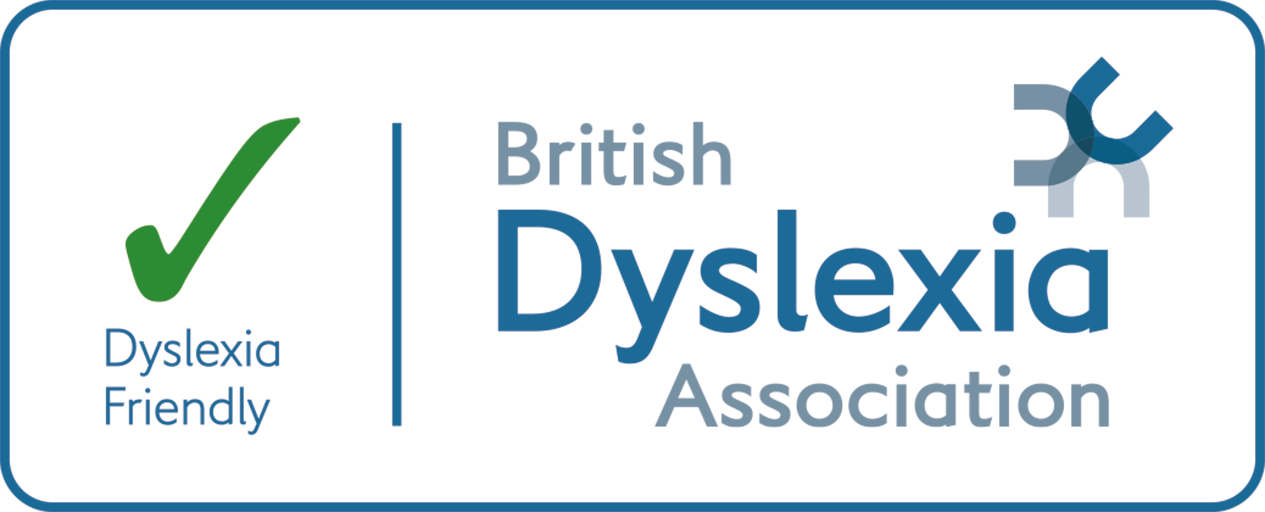Understanding autistic girls
Why Focus on Girls?
Autistic girls are often missed or misdiagnosed because their traits can look different from those of boys. Many girls learn to hide their struggles to fit in, which is called masking. This can make it harder for adults to spot their needs and give the right support.
What is Masking?
Masking means pretending to be like others by hiding autistic traits. Many autistic girls do this to fit in at school or with friends.
Common Ways Girls Mask:
- Copying how others talk or act
- Forcing themselves to make eye contact
- Hiding stimming like fidgeting or humming
- Practising conversations in advance
- Acting in ways they don’t fully understand and mimicking peer behaviour
Why it matters: Masking is tiring and can lead to anxiety, stress, or burnout over time.
Signs of Autism in Girls
- Highly imaginative play, often involving deep storytelling or fantasy worlds
- Intense interests, often socially acceptable (e.g., animals, books, TV shows)
- Strong language skills, but may struggle with social communication subtleties
- Sensitivity to sensory input (sounds, lights, textures)
- Social difficulties, including trouble making or keeping friends
- Rigid thinking or resistance to change
- Emotional meltdowns after prolonged masking
What You Might See at School
- Appearing quiet, compliant, or "well-behaved" in class but melting down at home
- Seeming socially integrated but struggling internally
- Avoiding group work or overly depending on one friend
- Difficulty with executive function (e.g., organising, starting tasks)
- Overwhelmed in noisy or busy environments
Supporting Autistic Girls in the Classroom
Create a Safe, Predictable Environment:
- Use visual schedules and clear routines
- Give advance notice of changes
Support Social Understanding:
- Use social stories and teach unwritten rules explicitly
- Pair with understanding peers when possible
Respect Individual Needs:
- Allow quiet spaces or sensory tools (e.g., noise-cancelling headphones)
- Don't force eye contact or group participation
Validate and Listen:
- Believe their experiences, even if they seem “fine” on the surface
- Offer emotional check-ins privately
Promote Self-Advocacy:
- Encourage girls to express their needs
- Encourage acceptance of adaptations if needed
Recommended Resources
- National Autistic Society (UK) – www.autism.org.uk
- Autism in Girls and Women – www.autisticgirlsnetwork.org
- Ambitious about Autism – www.ambitiousaboutautism.org.uk
Autistic girls deserve to be seen, supported, and celebrated – just as they are.












